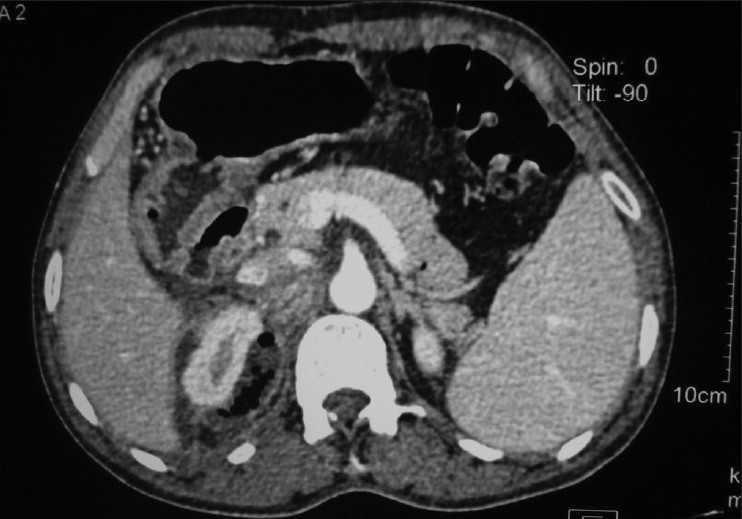Playlist
Show Playlist
Hide Playlist
Renal Case: 45-year-old Woman in ER with Acute Onset of Fever
-
Slides Urinary Tract Infections.pdf
-
Reference List Nephrology.pdf
-
Download Lecture Overview
00:01 All right, let's move to another clinical case. 00:04 A 45 year old woman is brought to the emergency department by her husband for acute onset fever and shaking chills/rigors. 00:10 She's had nausea, emesis, she hasn't been able to eat or drink without vomiting. 00:15 She notes right flank pain and describe some vague abdominal discomfort. 00:19 She believes she may have had some increased in frequency and urgency to void the day prior. 00:24 Her last menstrual period was about two weeks ago. 00:27 On exam, she's ill appearing her temperature is elevated to 39.1 degrees. 00:33 Her blood pressure is low at 98/68, and her pulse has a 101 beats per minute. 00:39 Her respiratory rate is also elevated at 28 breaths per minute. 00:42 Her exam is significant for right CVA tenderness to percussion. 00:46 Remainder of the exam is unremarkable. 00:49 Her laboratory data shows an elevated white count to 18 with an increase in neutrophils on the differential. 00:55 In our urine analysis shows trace blood. 00:58 Leukocyte esterase that's positive in nitrite positive. 01:01 She is greater than 40 white blood cells per high-power field and bacteria are present on microscopy. 01:07 Her urine and blood cultures are pending at this time. 01:10 So the question is, what is the most likely diagnosis in this particular patient? Let's go through our case and see if we can get some diagnostic clues to help us. 01:21 So in our history, she has a fever, she's got chills and an inability to take liquids. 01:26 That's very concerning for that patient to remain at home. 01:31 She appears ill, she's febrile and hypotensive. 01:34 She's tachycardic and she has an increase in respiratory rate. 01:37 She actually meets criteria for SIRS or sepsis and requires inpatient admission. 01:43 The elevated white count with neutrophils. 01:46 Pyuria along with CVA tenderness is very suggestive of pyelonephritis or upper urinary tract infection. 01:53 So what is the most likely diagnosis in this particular patient? Acute pyelonephritis. 02:00 Can this patient be treated safely outpatient? No, because of the following: she can't keep fluids or medications down due to repeated emesis and she meets criteria for sepsis or systemic inflammatory response syndrome. 02:15 She's got a fever greater than 38. 02:17 She's tachycardic. 02:18 She's tachypnea meaning that a respiratory rate was greater than 20 and she has a leukocytosis of 18.
About the Lecture
The lecture Renal Case: 45-year-old Woman in ER with Acute Onset of Fever by Amy Sussman, MD is from the course Urinary Tract Infection (UTI).
Included Quiz Questions
Which of the following is an indication to admit a patient with pyelonephritis to the hospital?
- Inability to take oral medications
- WBC count > 10,000/mm3
- History of diabetes mellitus
- Fever and chills
Customer reviews
5,0 of 5 stars
| 5 Stars |
|
5 |
| 4 Stars |
|
0 |
| 3 Stars |
|
0 |
| 2 Stars |
|
0 |
| 1 Star |
|
0 |




